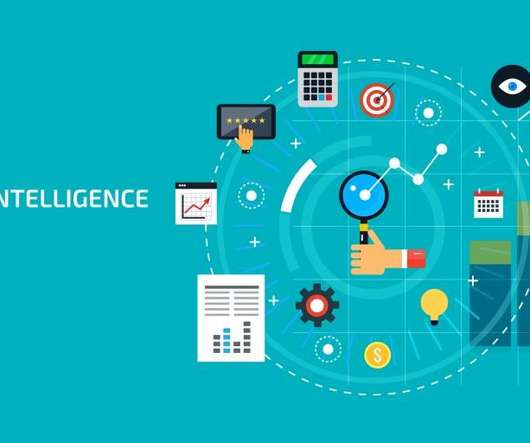Top Data Analytics Trends Shaping 2025
Pickl AI
DECEMBER 10, 2024
Summary : Data Analytics trends like generative AI, edge computing, and Explainable AI redefine insights and decision-making. Businesses harness these innovations for real-time analytics, operational efficiency, and data democratisation, ensuring competitiveness in 2025. billion in 2022, it is projected to surge to USD 279.31












Let's personalize your content